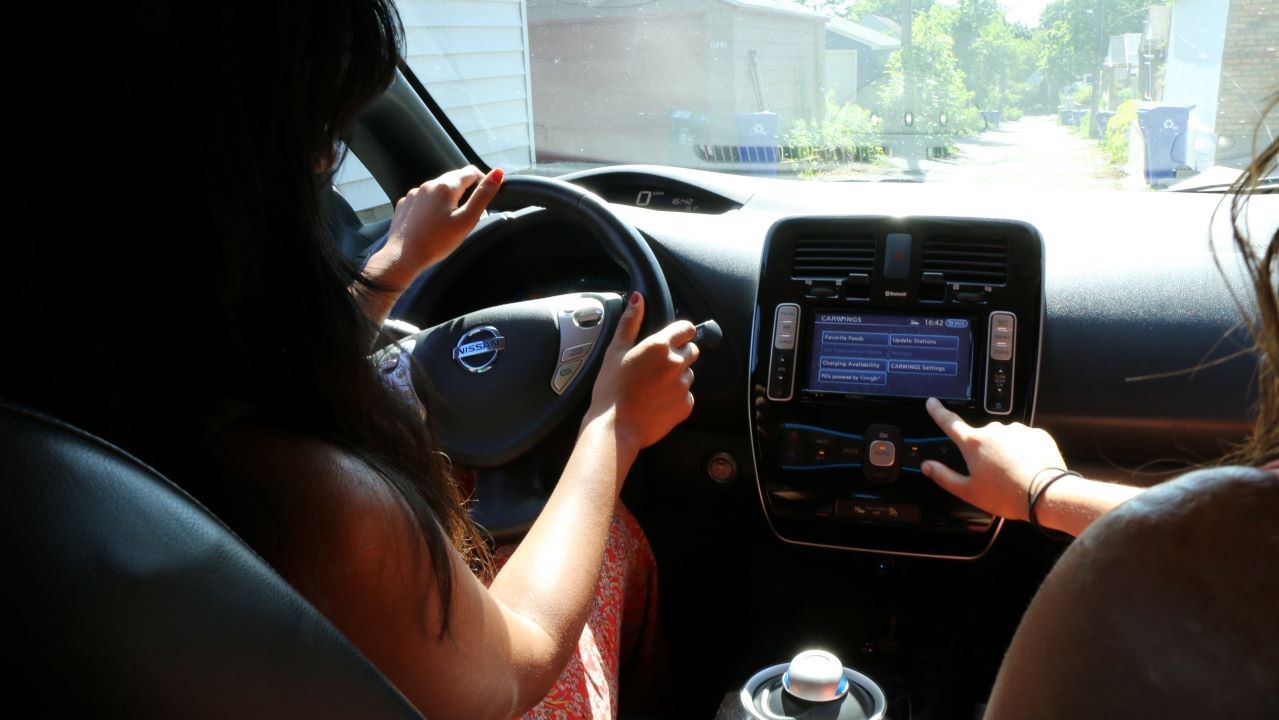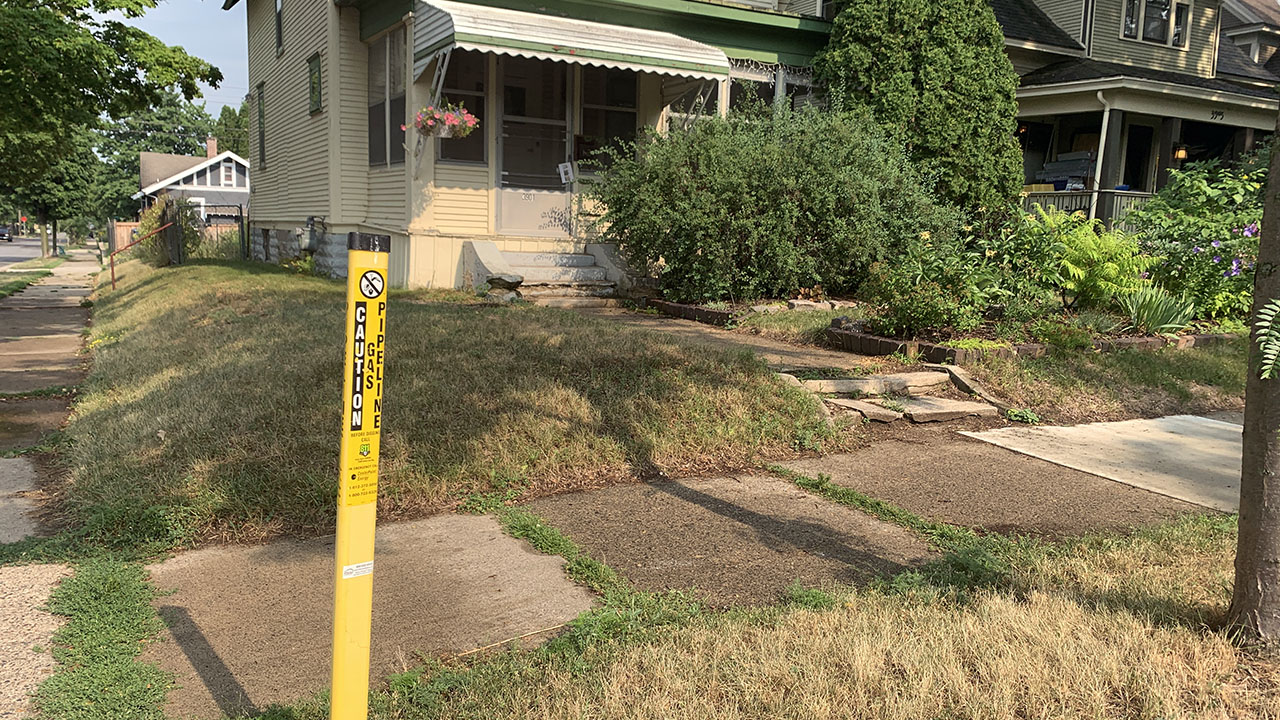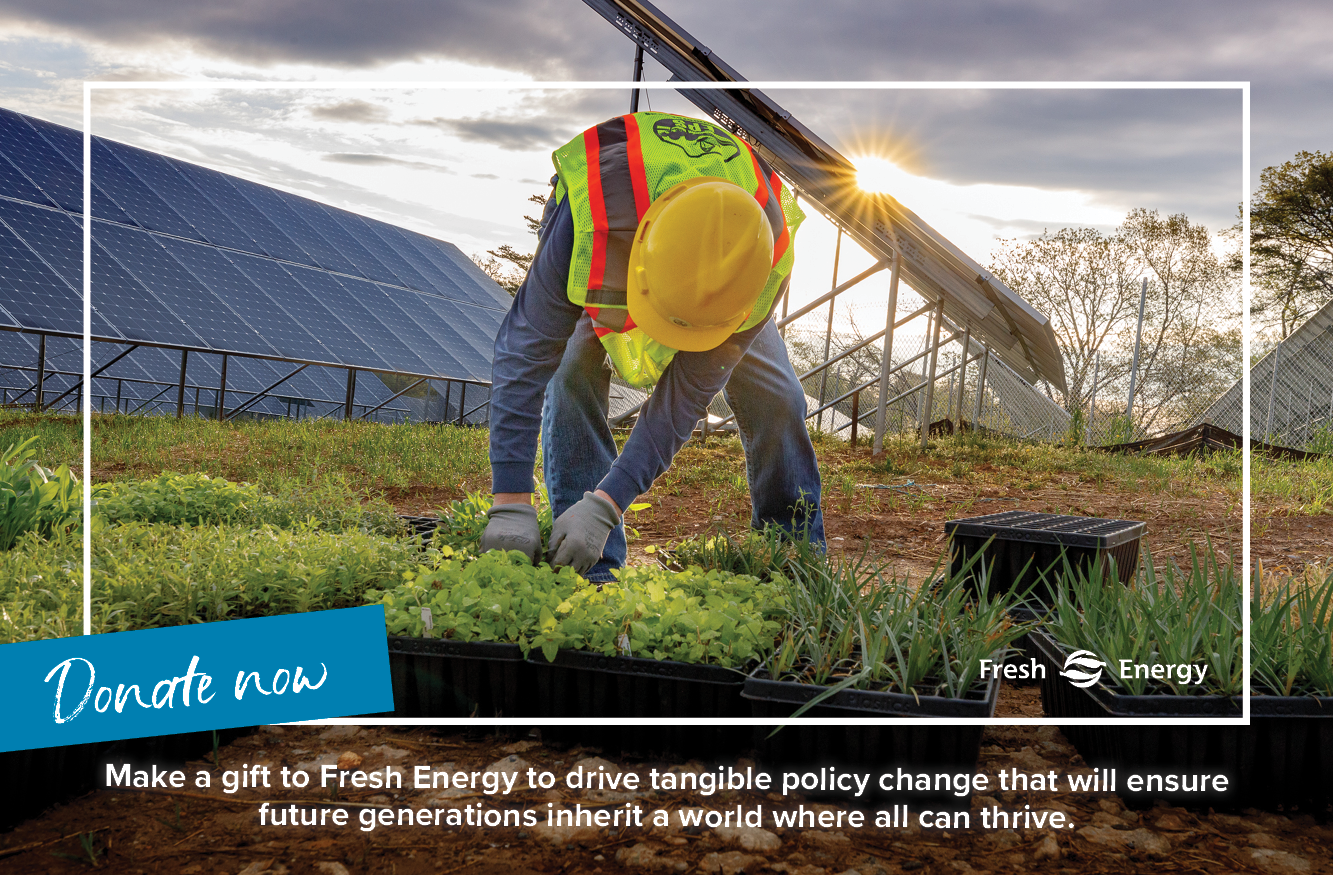There is real potential for expanded electric vehicle (EV) purchase incentives, like rebates. Here’s how to make them equitable and accessible to all.
Energy Transition
Buildings for a healthy future
Pollution from buildings continues to grow every year. Here’s how Fresh Energy is working to change and create buildings for a healthy future.
Case study: Framework for Minnesota’s heat pump transition
Fall intern Dat Nguyen did a deep dive into how Minnesota might accelerate heat pump deployment. Check it out!
Xcel Energy’s announcement on reducing gas emissions warrants praise; will require careful implementation
Read Fresh Energy and partners’ comments on Xcel Energy’s announced intent to reduce emissions from its fossil-fuel gas distribution utility business.
Landmark moment for the future of gas in Minnesota
Fresh Energy reached a landmark moment as we filed our first round of comments in the new fossil gas dockets at the Minnesota Public Utilities Commission.
Now powered by solar, Erik’s Bike Shop coasts forward on clean energy—and e-bikes
Across the Midwest, no other purveyor of bicycles is as well-known as Erik’s—how did the company’s journey unfold, and where does solar fit in?







